Intermediates
Gallantry and accessories
Blog Piekiełka
Amulets guarding the soul

The magical face of Hmong jewelry.
Since ancient times, jewelry has been an indispensable accessory in a woman's dressing room. As the world is long and wide, regardless of nationality or social location, women's attire was fond of all kinds of shiny things. Jewelry is inevitably associated with chic and exquisiteness, with vigilantly guarded ancestral jewels, with exotic accessories or admirable works of jewelry art. And while there is no doubt that it is to beautify and adorn, that it can become a means of creating a unique style, it is also worth remembering that there is much more potential in it!
Spirit locks, or so-called locks, or padlocks of the soul worn by the Hmong - a people now inhabiting the mountainous areas of China, Thailand, Laos and Vietnam - are an example of how jewelry can not only adorn clothing, but even protect life!
There are many theories about the human psyche, among the Hmong the one that reigns indivisibly is the one according to which the human body is inhabited by more than just one soul. Such coexistence, proceeding in a harmonized manner, is the key to a happy and healthy existence. Unfortunately, as is well known, neighborliness is not always a simple matter - so there are also disputes and disagreements between souls. However, a passing storm is not the only one of the possible scenarios! The Hmong believe that souls are not only capable of falling into discord, it is not uncommon for conflict to result in one of them deciding to move out. Dissension, led in the spiritual world, is an inevitable end to well-being and even health, hence it is worth thinking in advance about proper protection!
Spirit locks are a kind of answer to such an urgent need, an amulet blocking the escape route that an unruly soul could follow. This magical piece of jewelry is a de facto silver, pendant with its shape usually resembling a padlock, decorated with traditional tribal patterns. Peacock eyes, horse hoof prints or finely arranged cucumber seeds are the basis of the local ornaments. Without a shadow of a doubt, this craftsmanship can be considered a beautiful oriental ornament, but in its natural habitat it is not always directly exposed to the prying eye. The Hmong attach this "medallion", sometimes reaching the size of a hand, with chains to a necklace, but it often ends up hanging not in front of, but at the back of the neck. Hence, in the traditional version, it is there, on the back, that one should look out for this trinket.
In possession of the first protective amulet, small representatives of the community usually come into possession already at the time of their birth. This is not only a preventive measure to keep evil spirits from snatching the innocent soul of the child, it is also a sign of acceptance of the newborn into the human community. The subsequent spirit locks, which adorn the necklaces in increasing numbers over time, are like a record of a peculiar individual history. In moments of weakness or illness, but also as a precautionary measure at important moments in life - on New Year's Day, during nuptials, before a distant trip or just after returning - healing ceremonies called hu plig, or invocation of the soul, are performed. The magical padlock handed out immediately afterwards is, so to speak, a protective moat or additional armor - an unusual weapon entrusted to a newly found or endangered soul. It is a lifebelt, a helping hand that the group extends toward a vulnerable individual.
This piece of ethnic Hmong jewelry is therefore not so much an aesthetic adornment as a functional safety device. It's not just a feminine accessory, but an entitled basic weapon for every member of the community, which radically increases the quality of daily life!
Ethnic Jewelry
-
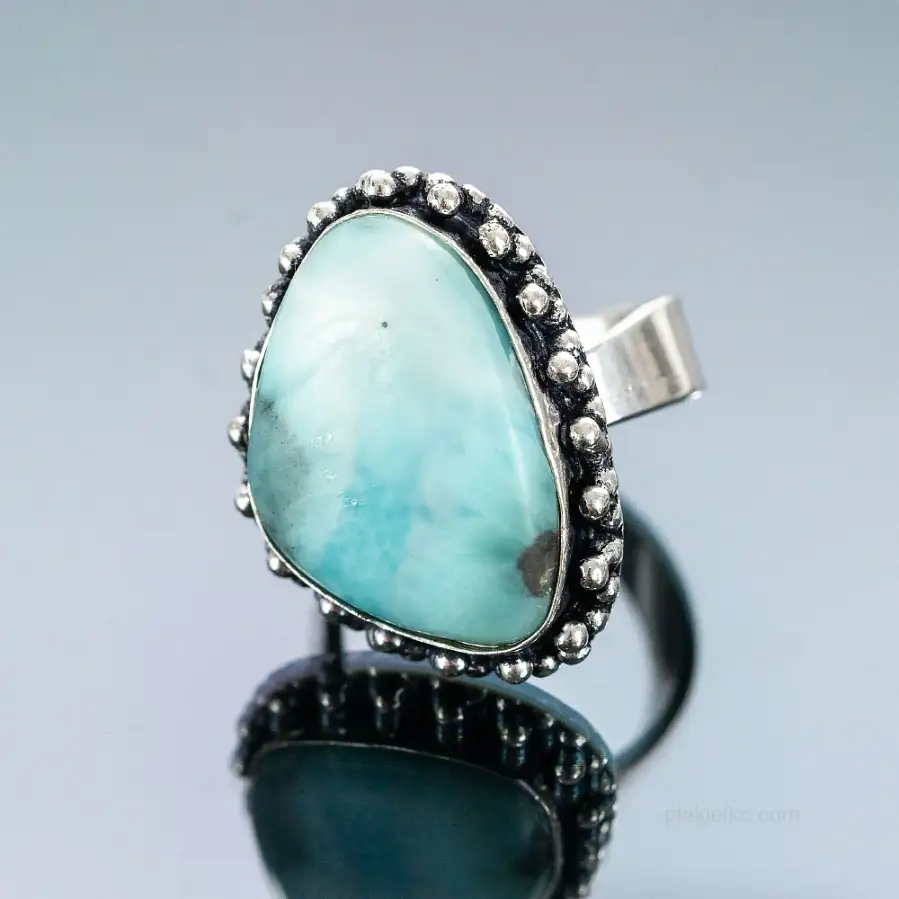
A ring that says Holidays!
260,00247,00 -
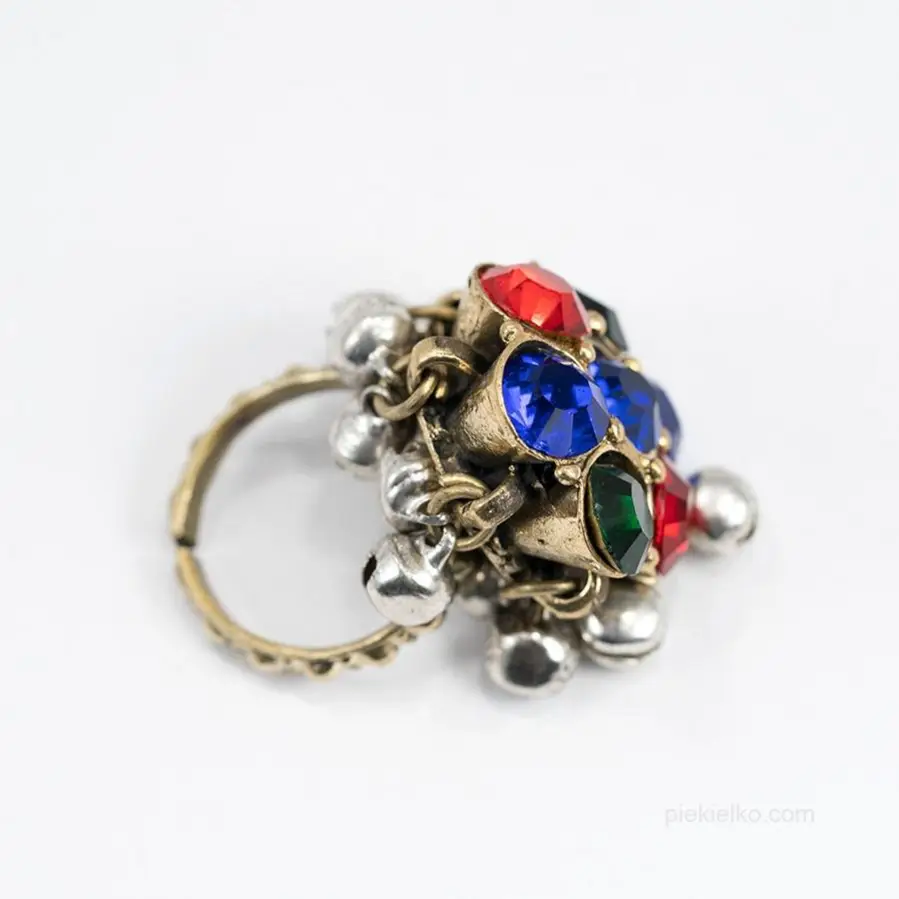
Kuchi tribe ring
89,0050,73 -
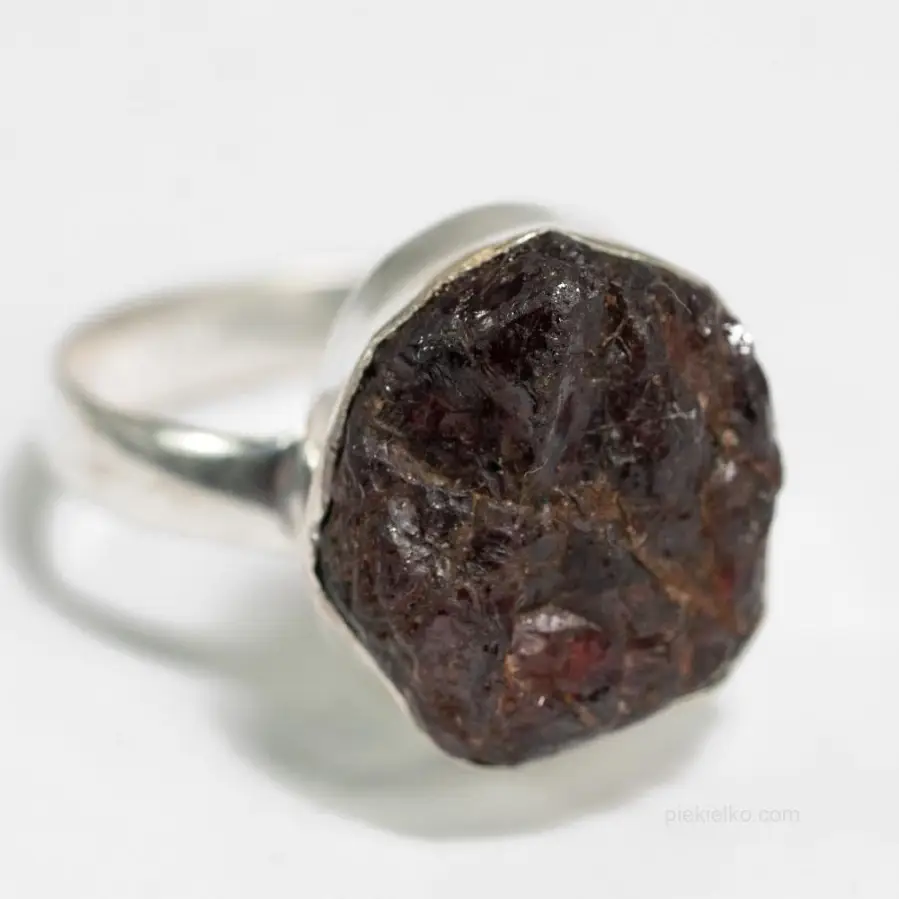
Black tourmaline ring
175,0099,75 -
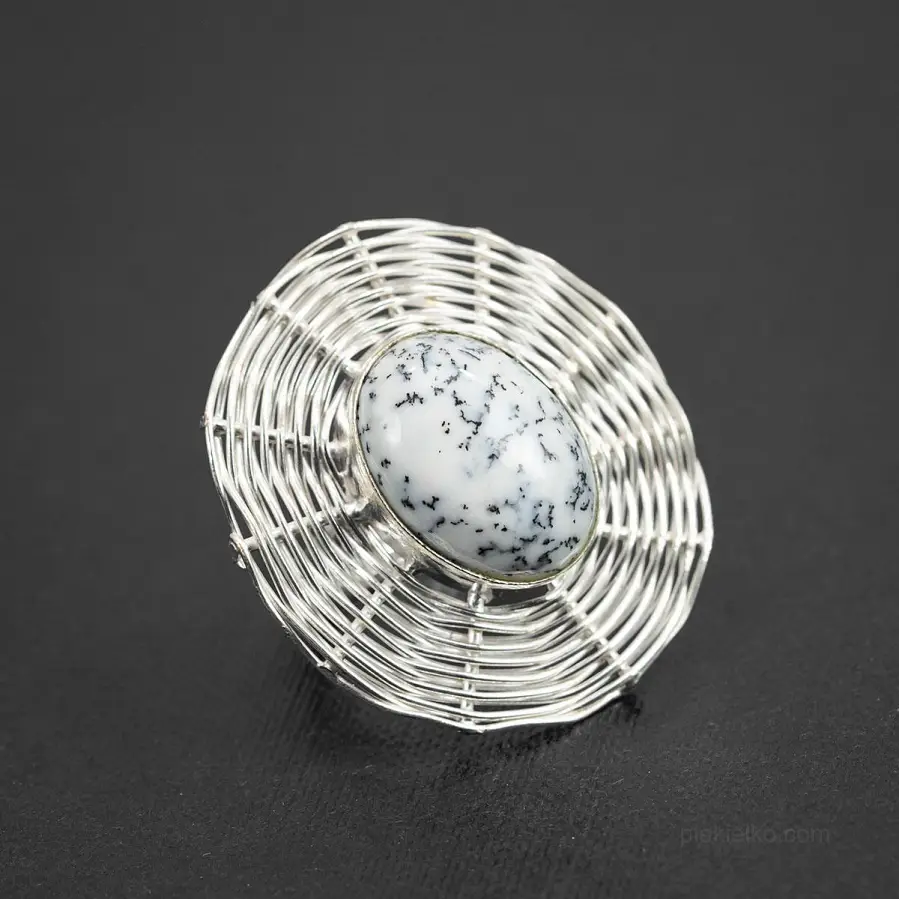
Opal dendritic basket ring
145,0082,65 -

Mysterious silver ring with pearl, pietersite and garnet
385,00347,46 -
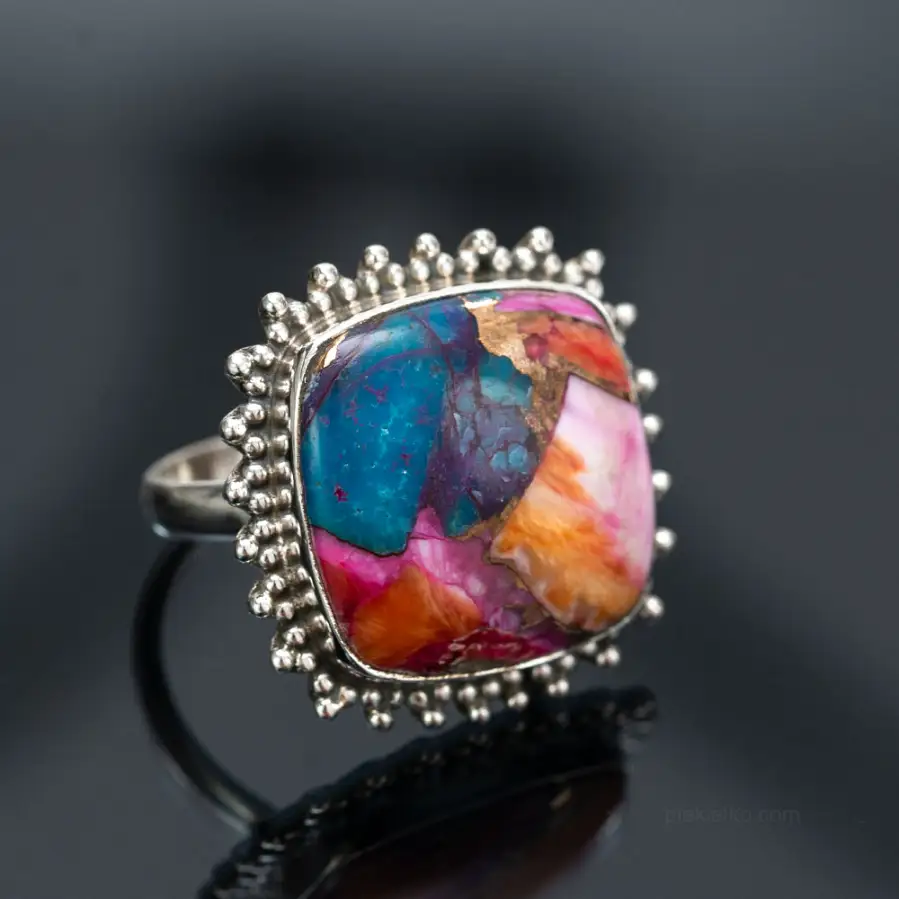
Silver ring - turquoise with copper vein
360,00324,90 -
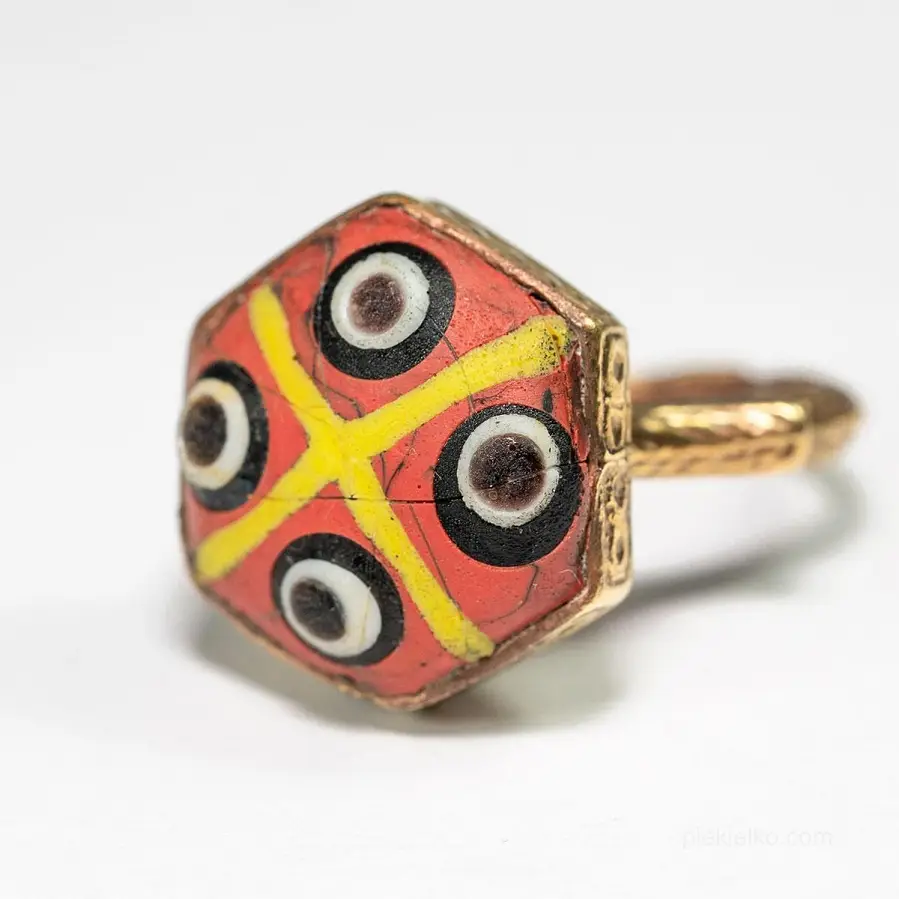
Ethnic gabri glass ring
98,0093,10 -
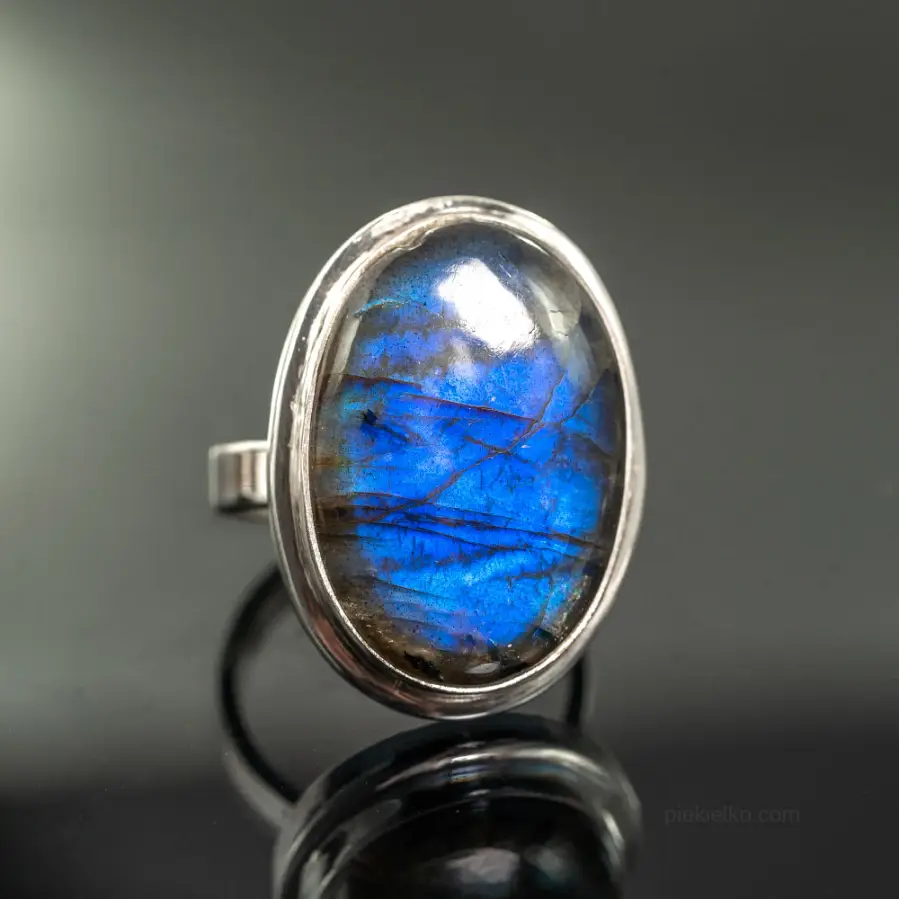
Silver ring with magical labradorite
385,00347,46 -

Tibetan adjustable ring
118,00112,10 -

Subtlety and Clarity in One Ring
335,00302,34 -
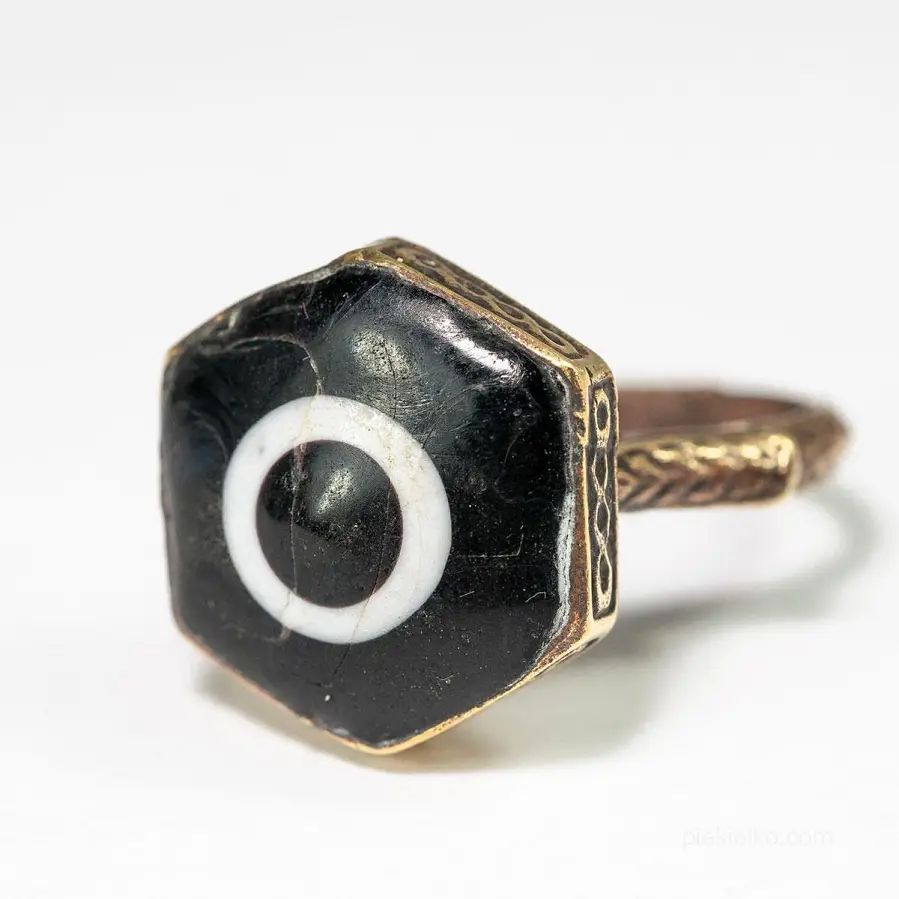
Ring with gabri glass
98,0093,10 -

Silver ring with pink druse
350,00315,88 -

Caribbean blue in Indian silver
250,00237,50 -
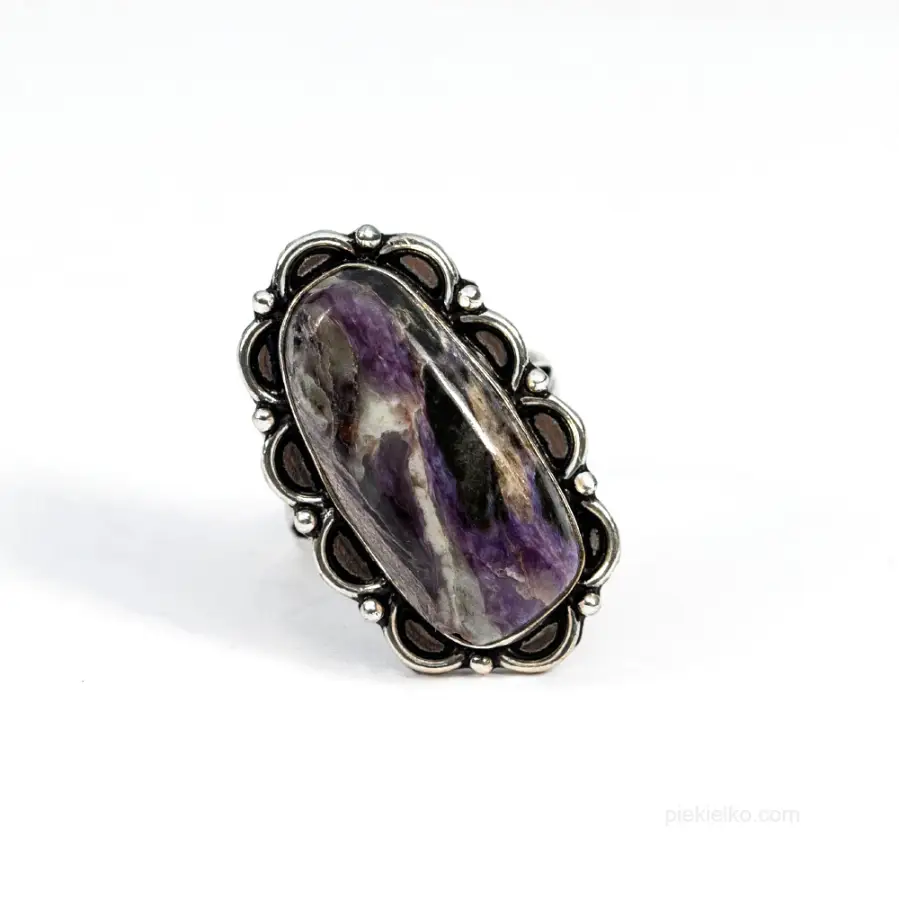
Silver-plated Ring with Charoite in a Lace Setting
190,00180,50 -
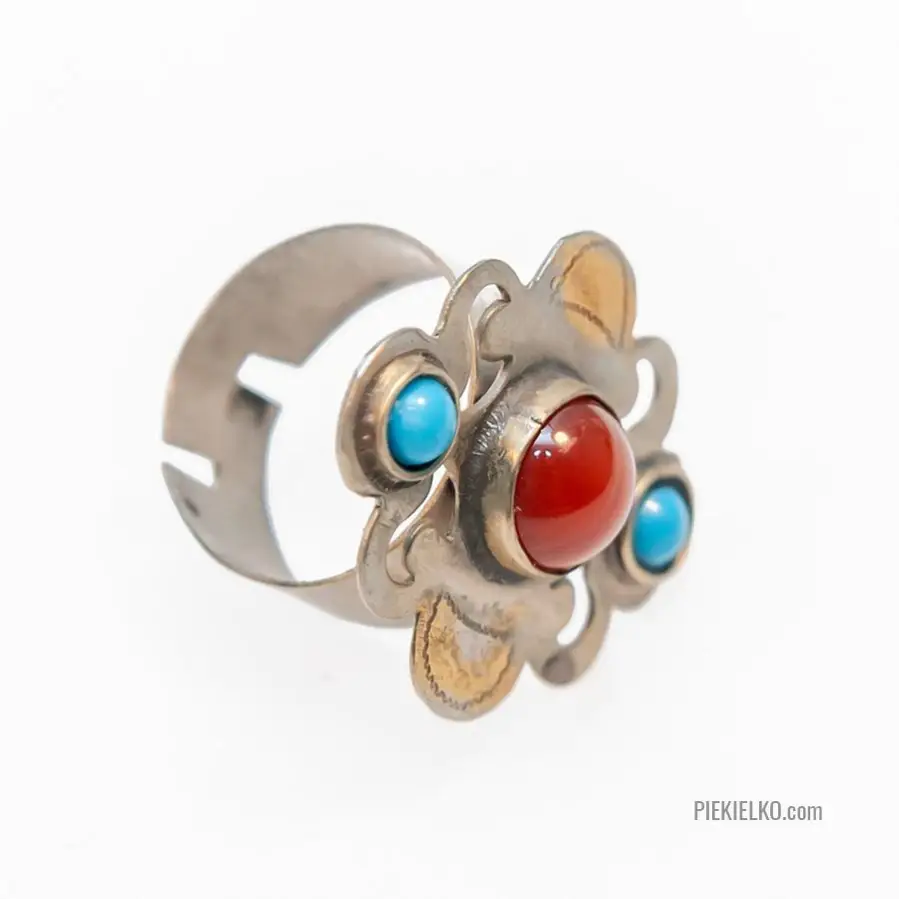
Gold-plated Turkmen ring
91,0086,45 -
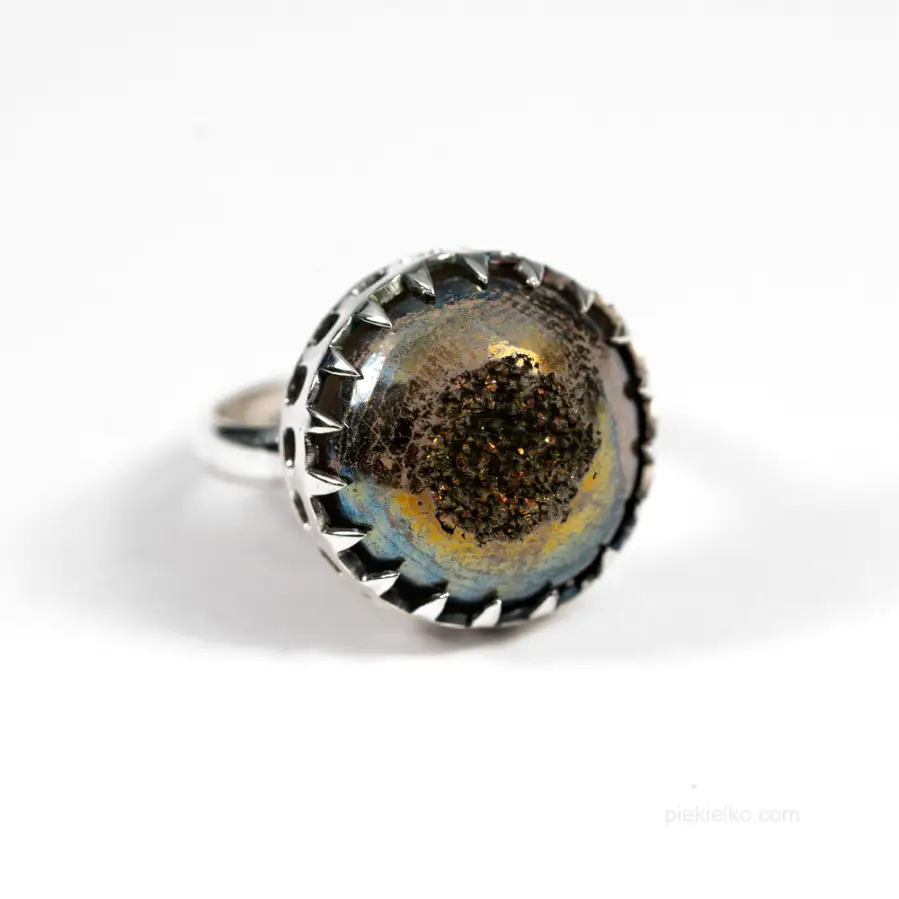
Ring with titanium drusen
290,00261,73 -
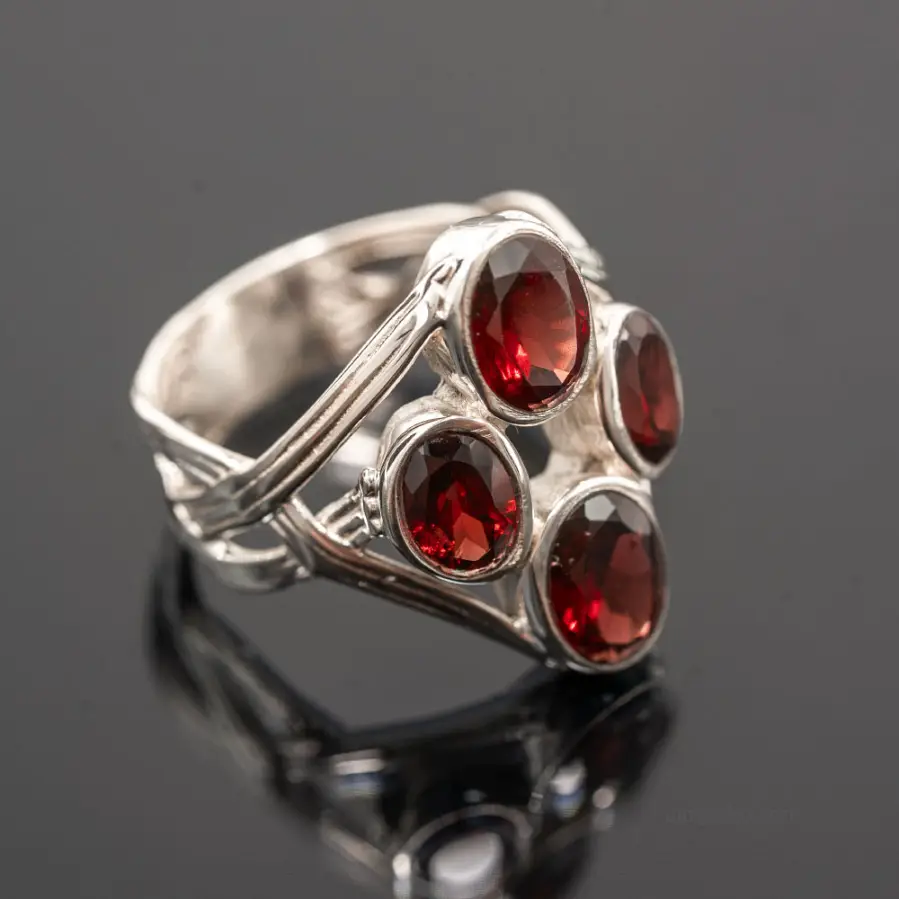
Silver ring with four garnets
400,00361,00 -
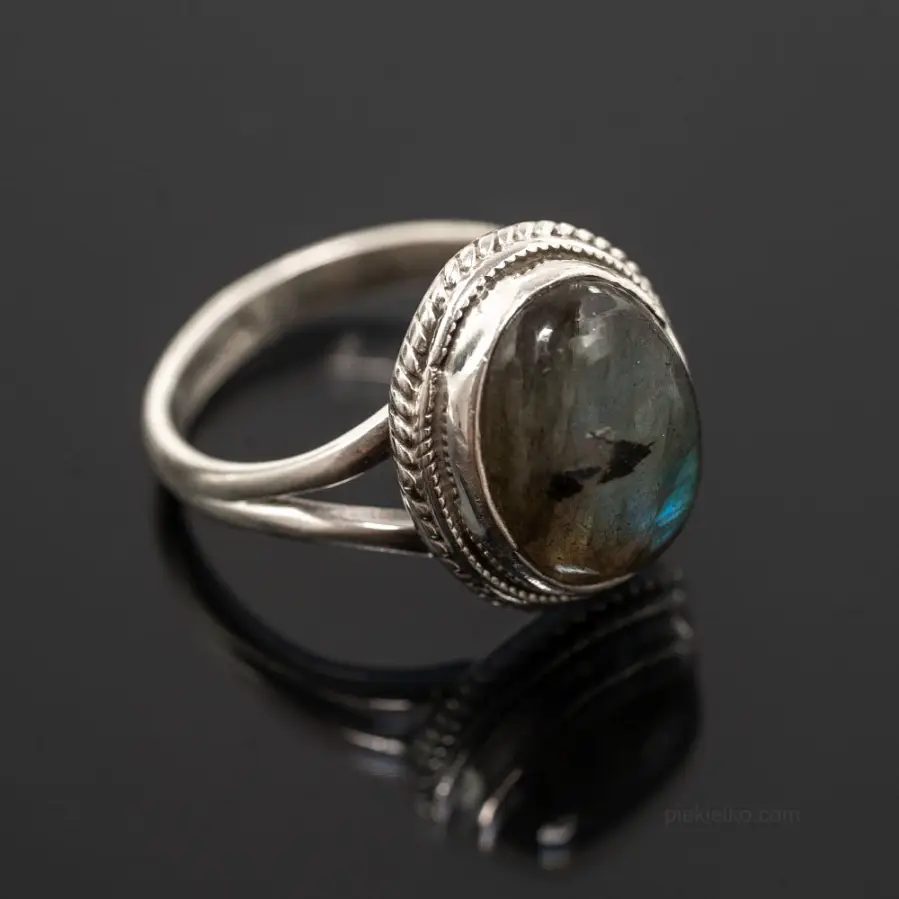
Oval natural blue labradorite ring
260,00234,65 -
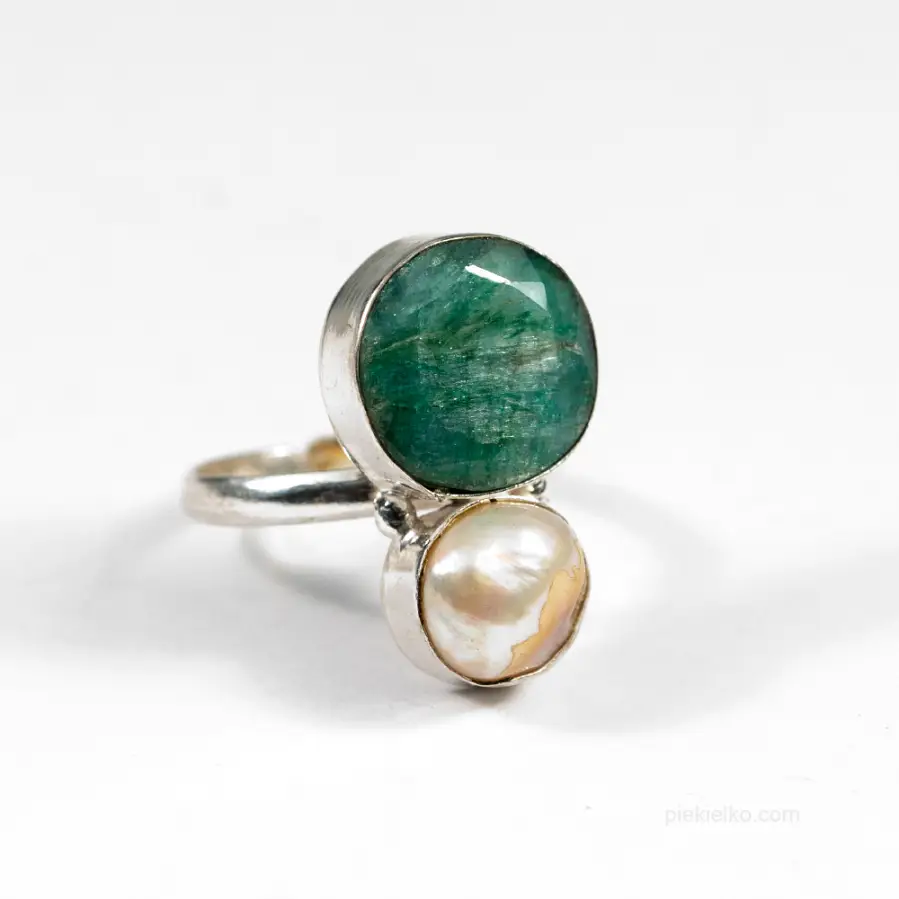
Ring with emerald and pearl
350,00332,50 -
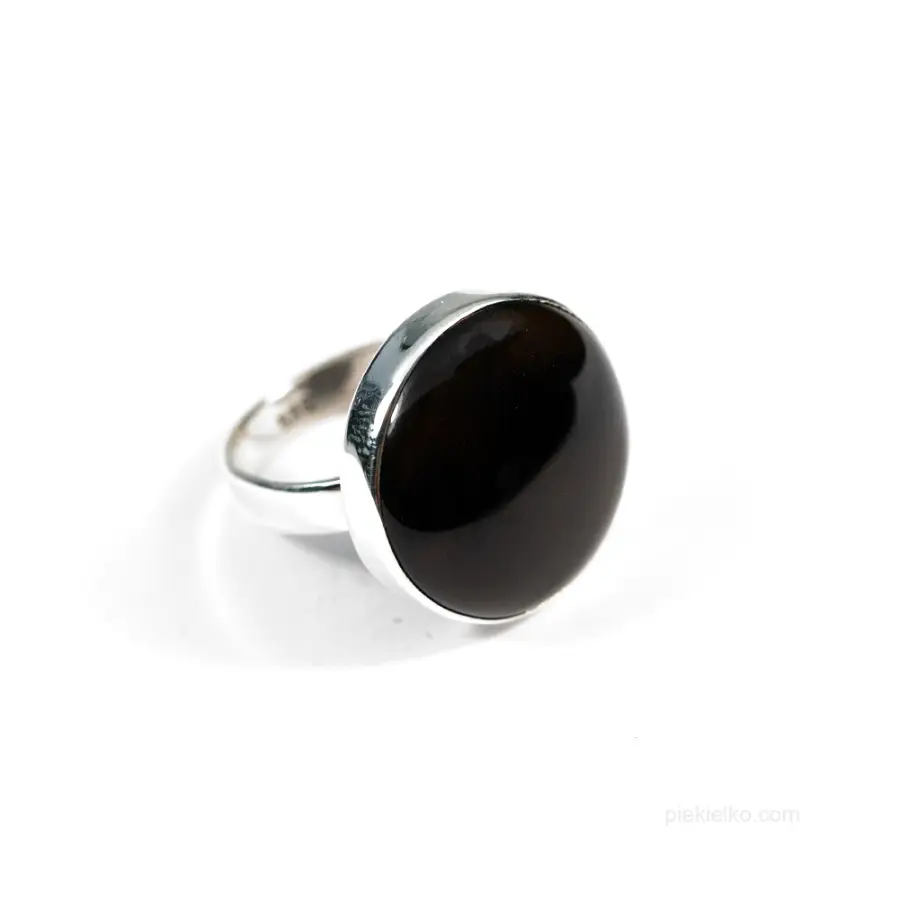
Black onyx silver ring
320,00288,80



© Piekielko.com

